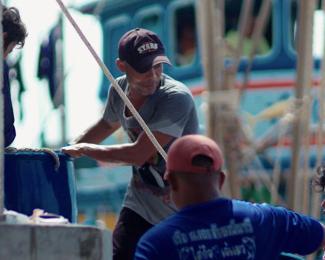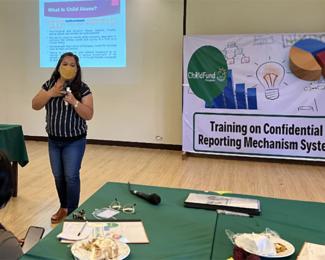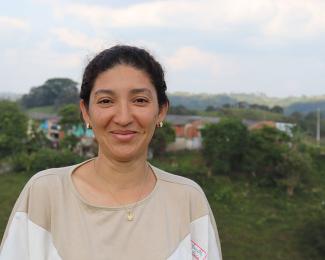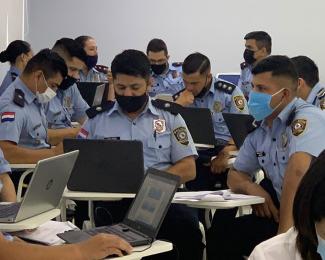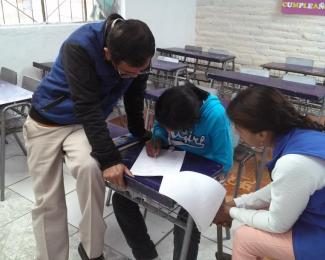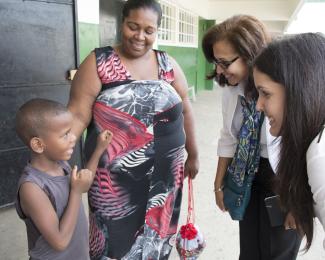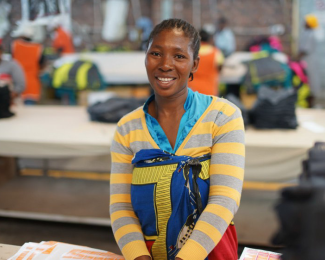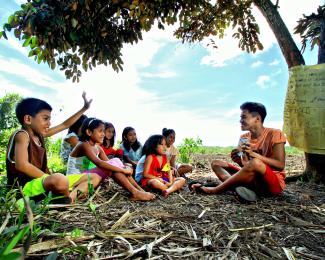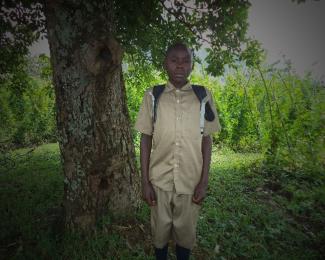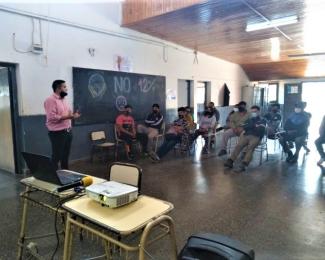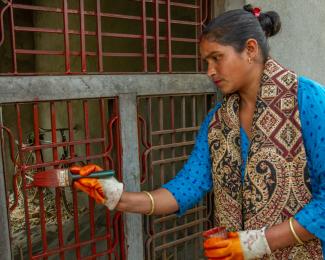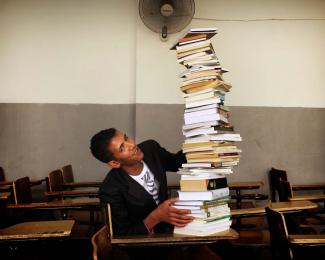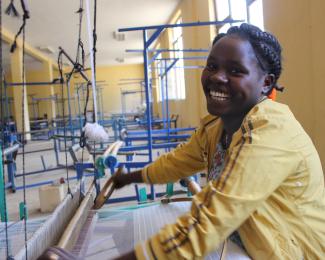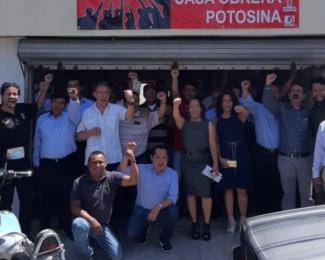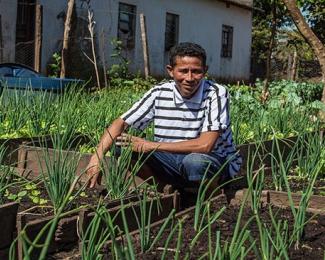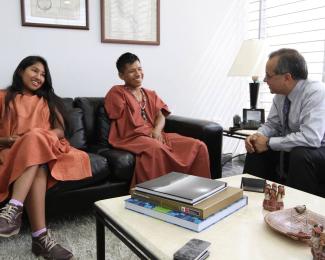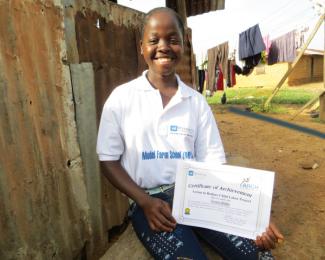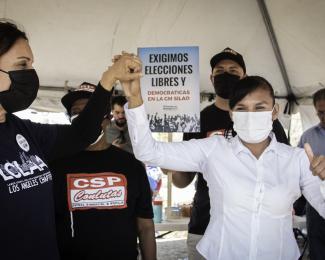Turning data into action to mitigate child labor
"I never imagined there were so many children working," Ana says, noting that some child laborers she meets are as young as 10 years old.
At just age 15, Isabel knows what it is like to worry about money. Two years ago, her father got sick, lost his job, and had to find part-time construction work in another city. The family’s income was tight, putting Isabel and her siblings at a high risk of engaging in child labor.
Isabel and her siblings avoided that fate in part thanks to their local municipality of Villa Victoria, Mexico’s child labor risk identification model called the Modelo de Identificación del Riesgo de Trabajo Infantil (MIRTI). The MIRTI helped to identify the family as vulnerable to child labor, and, in turn, the municipal government used this information to provide a scholarship to help with Isabel’s school expenses and funds to cover some of the family’s expenses. While this support did not cover all the family’s needs, it helped to reduce Isabel and her siblings’ risk of engaging in child labor and increased their likelihood of staying in school, which is their mother’s hope.
“I want my children to be someone in life, to progress, to keep studying, to have the opportunities that I didn’t have,” says Antonia, Isabel’s mother.
The MIRTI has been in place in Villa Victoria, Mexico since 2018. It was developed as part of the Regional Initiative for Latin America Free of Child Labor (RILAC) with the support of ILAB’s MAP 16 project. Mexico is the first country in the region to adopt the new model. As part of this process, the project provided training to officials on how to implement the MIRTI, building their capacity to carry it forward.
Out of the 32,000 children in Villa Victoria, 14,000 are at risk for or engaged in child labor. Isabel’s age group, youth 12 to 17 years old, are most at risk of dropping out of school to migrate to Mexico City for work or get a job locally selling goods or harvesting maize and potatoes. In Mexico, many youth who reach the legal working age of 15 drop out of school to work, but they often find themselves in precarious jobs, leaving them vulnerable to poverty and labor exploitation.
Before the MIRTI, officials in Villa Victoria didn’t have any reliable child labor data at the local level like this. There were few reported cases of child labor. Child laborers and their families could only receive support if they personally sought it out from the municipality.
“The MIRTI helped us quantify the number of child laborers and families at risk. Before the MIRTI we didn't know how to best channel our limited resources to help our community,” says Laura Colin Santana, Secretary of the Municipality of Villa Victoria.
The model uses existing survey and administrative data to develop maps showing vulnerability to child labor, making it a cost-effective method to get information about child labor risk into the hands of policymakers at the local, state, and national levels. With this information, officials can direct resources, like meals, medical and legal assistance, scholarship funds, and other social supports to vulnerable communities and families.
Ana Alejandra is familiar with the challenges facing families in the municipality. In her role as a census volunteer for the MIRTI, she interviews children and families and gathers data on child labor in Villa Victoria.
“I never imagined there were so many children working,” Ana says, noting that some child laborers she meets are as young as 10 years old.
She always asks child laborers why they are working to try to identify alternative solutions for them and encourages them to stay in school, even if they continue to work.
While the municipality lacks the resources to meet the needs of all vulnerable kids and families, the MIRTI is helping make the child labor problem more visible, which in turn helps Villa Victoria secure more resources from the state to support children and families. Still, there is more work ahead and more families to serve.
“If we have data on child labor at the local level, all we have to do is channel our resources and join forces to make a difference in the community,” says Isis Gutiérrez Salmerón, Honorary President of the Municipal System for Integral Family Development, one of the municipal agencies partnering with the MIRTI.


